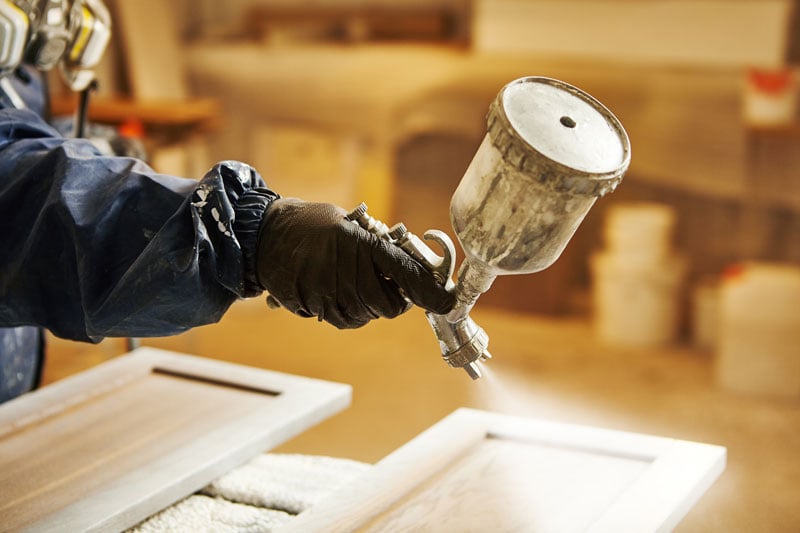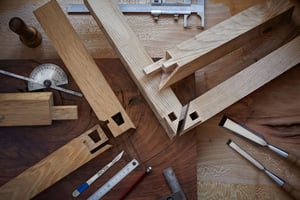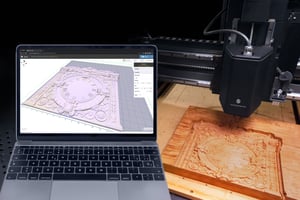Joinery is the backbone of quality cabinetmaking, with various techniques offering both form and...
Cabinet Finishing Techniques: From Staining to Painting - A Comprehensive Guide to Achieving the Perfect Look

The finish of your custom cabinets plays a significant role in the overall appearance and durability of your work. With various finishing techniques available, it's essential to choose the right method to achieve the desired look and protect your cabinets for years to come. In this comprehensive guide, we'll explore different cabinet finishing techniques, including staining, painting, and more.
- Staining:
Staining is a popular finishing technique that enhances the natural beauty of wood while adding color and depth. Select a stain that complements the wood species and grain pattern of your cabinets. Apply the stain using a brush or a rag, following the wood grain's direction, and wipe off any excess. Staining can be combined with other techniques, such as glazing, to create a more intricate look.
- Painting:
Painting your cabinets offers a versatile way to achieve a wide range of colors and styles. Use high-quality paint specifically designed for cabinetry to ensure durability and a smooth finish. Apply a primer before painting to improve adhesion and coverage. Apply multiple thin coats of paint, sanding lightly between coats for the best results.
- Glazing:
Glazing is a technique used to add depth and dimension to cabinets by applying a semi-transparent color over a base coat. Glaze can be applied using a brush, rag, or sponge and then wiped off, leaving the color in recessed areas and corners to create a layered, aged appearance.
- Distressing:
Distressing involves intentionally adding imperfections and signs of wear to cabinets for a rustic, antique look. Techniques include sanding edges and corners, using tools to create dents and scratches, and applying multiple layers of paint with deliberate chipping and peeling.
- Varnishing:
Varnish is a clear, protective finish that provides a durable, moisture-resistant coating for your cabinets. Varnish is available in different sheens, such as gloss, semi-gloss, and satin. Apply varnish using a brush or spray, following the wood grain direction, and allow it to dry thoroughly between coats.
- Lacquering:
Lacquer provides a high-gloss, durable finish that is resistant to moisture and scratches. Lacquer can be applied with a spray gun or brush and requires multiple coats for the best results. Due to its strong fumes, proper ventilation and safety precautions are essential when using lacquer.
- Oil Finishes:
Oil finishes, such as tung oil and linseed oil, penetrate the wood fibers, providing a natural, low-sheen finish that enhances the wood's beauty. Apply oil finishes using a rag, allow it to penetrate the wood, and then wipe off the excess. Multiple coats are necessary, and regular maintenance is required to keep the finish looking its best.
- Wax Finishes:
Wax finishes offer a low-sheen, natural appearance and are often used in combination with other finishes, such as oil or stain. Apply wax with a brush or rag, working it into the wood grain, and then buff the surface to the desired sheen.
Conclusion:
Choosing the right cabinet finishing technique depends on the desired look, durability, and maintenance requirements of your project. Experiment with different techniques and combinations to find the perfect finish for your custom cabinets. By mastering these finishing methods, you can create stunning, long-lasting cabinetry that enhances any space.



